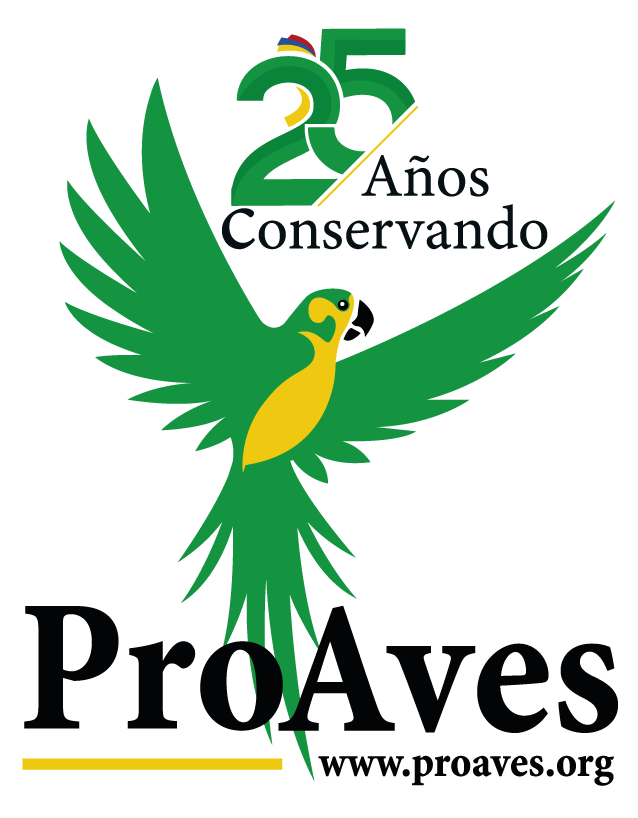During the last years major approaches have been achieved with the community in the areas of influence of the ProAves reserves located in the departments of Nariño and Cauca.
Since their creation in the El Pangan (Nariño), Zamarrito del pinche (Cauca) and Rana Terribilis (Cauca) reserves, the environmental education processes attempt to strengthen partnerships with the community and encourage in children and young people a conservation culture.
The areas where these reserves in particular are located are of special concern because of a difficult history of public policy, travel and, above all, pressure on one of the most vulnerable and important ecosystems in the world, the biogeographic Chocó which, in Colombia, comprises a great variety of ecosystems, has high levels of endemism and high species richness.
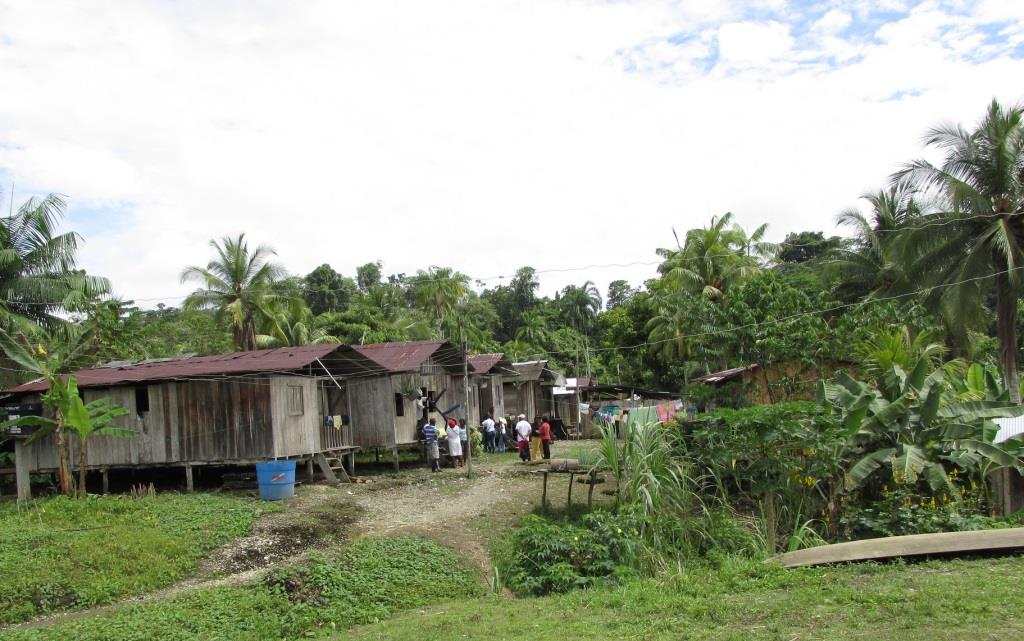
These factors have drastically changed the environment to the point that their own cultural activities such as fishing, food crops, and use of coconut, peach and Naidis palms among others, are replaced by other non-sustainable practices with the ecosystems to survive.
With social cartography as main tools ProAves conducted a series of workshops with the community of San Miguel del rio, located in the municipality of Timbiquí, Cauca, in order to identify the way the community perceives its environment and how they would like to see it in the future; with proposals arising directly from key community leaders, it is hoped to provide solutions and, with the information collected, promote concrete actions to mitigate the pressures of their natural heritage.
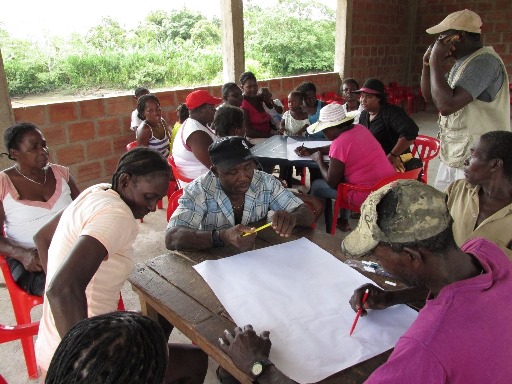
Likewise, there have been ecological workshops and field trips with the student community of Junin village, Nariño and the village of El Naranjal in the municipality of La Argelia, Cauca, these approaches were focused on publicizing the flagship species of the reserves and the importance of habitat conservation.
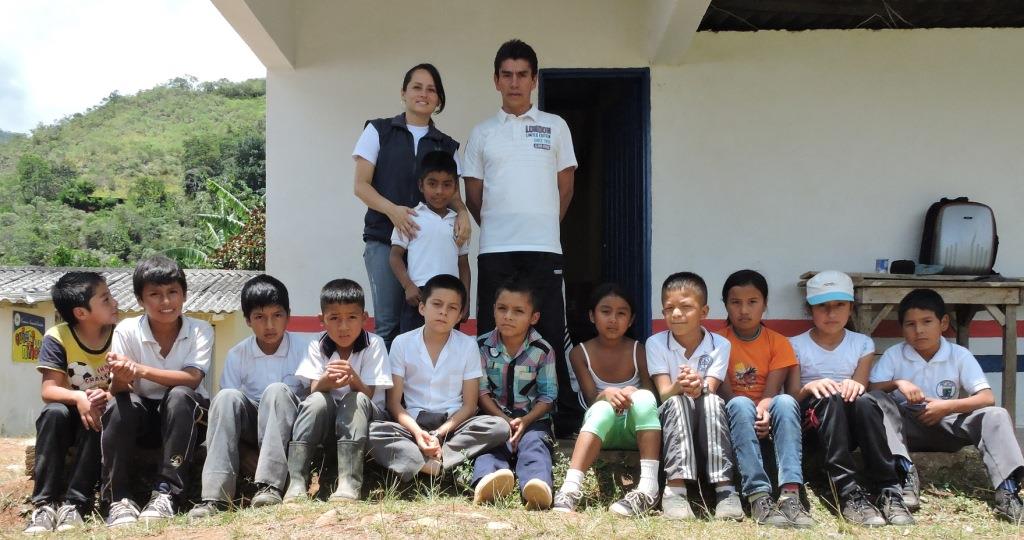
In the case of area influence of Zamarrito Reserve in Argelia, the community has high expectations for the environmental education work that is being started, they assert they require urgently to appropriate and commit themselves to their environment and this can only be achieved by implementing a long-term environmental process and biological education.
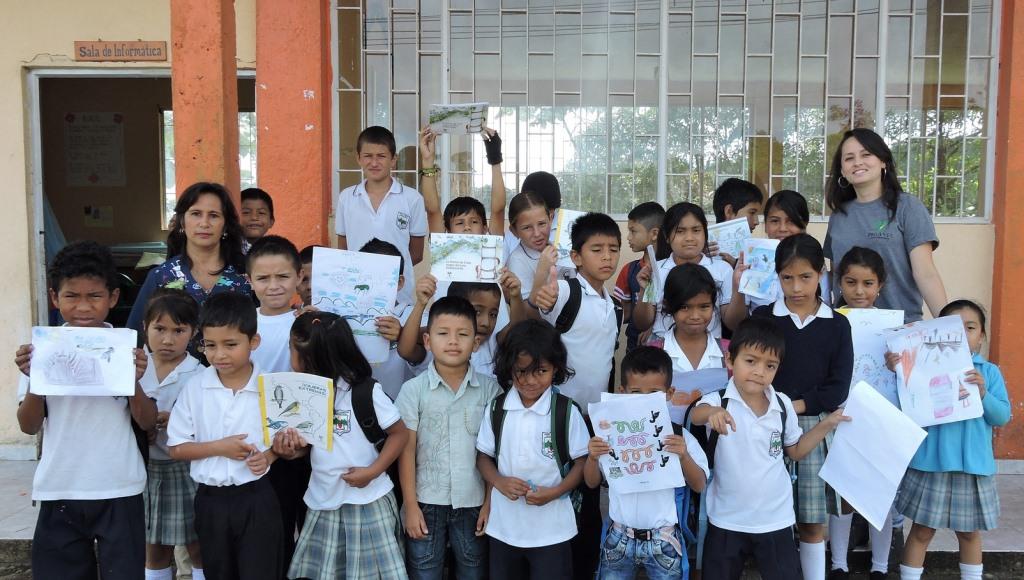
In the town itself approaches are going ahead with community villages of el Naranjal, Las Palmas, El Diviso and El Diamante. The commitment is to build a process in which the needs, problems and threats to the environmental education process are really meaningful and address real problems in the area.
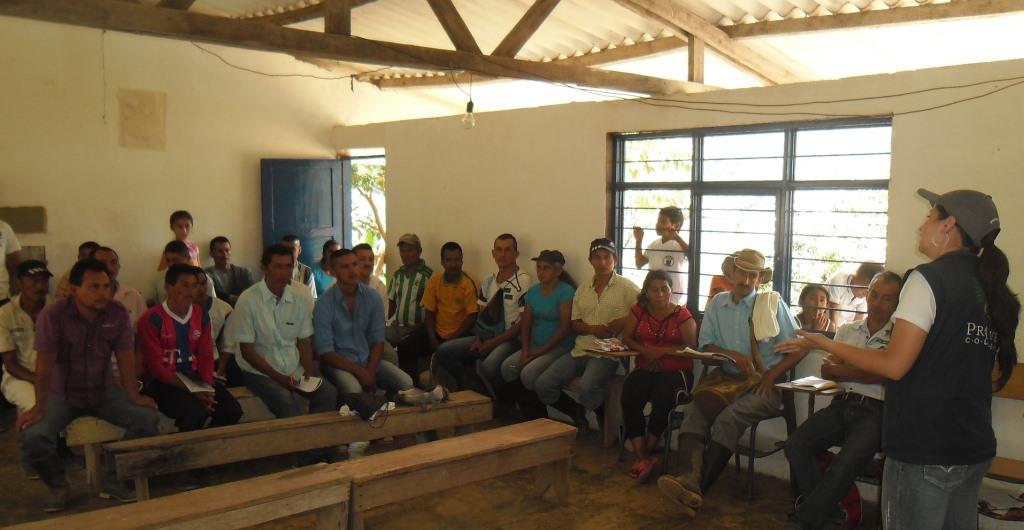
With the support of:
